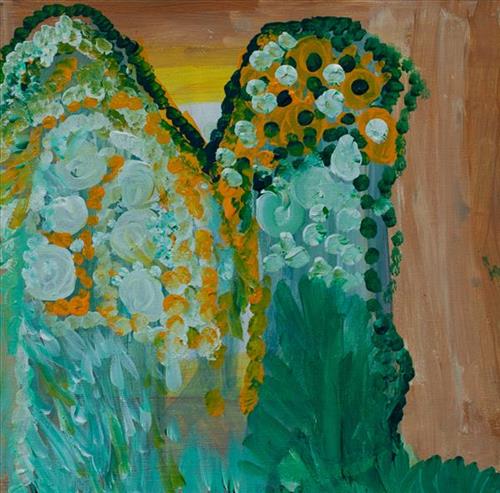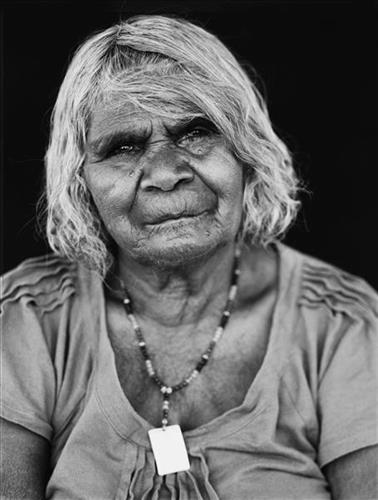111581939900
Paddy Melons
This painting is part of the Nyina-ya ngurrangka ngampurrpa (stay in your home safely) collection – a body of works by Martu artists in lockdown. From Monday 16th March Martumili Artists closed on-site art-production and retail, as a protective measure in the face of the COVID-19 pandemic. The remote Martu communities of Parnngurr, Punmu, Kunawarritji, Warralong and Jigalong went into lockdown, with access to visitors strictly prohibited to protect community members, and in particular the important elders that call Martu Country home. Martu Artists who found themselves on Country during lockdown had the opportunity for reconnection with their daily art practice, undisturbed by busy contemporary life as Australia, and indeed the world, slowed down in the face of the global pandemic.
This collection of artworks showcases the unstoppable determination of Martu Artists in their work, and demonstrates a deep and enduring commitment to art-making as an act of cultural preservation and social connection. Martu elders use paintings as a means to pass on stories of Country, jukurrpa (dreaming), family histories and traditional environmental knowledge to younger family members. To Martu Artists, painting is connection. And in times of isolation and lockdown, they have remained connected to eachother, and to their Country.
Depicted in this work are traditional types of bush tucker, their habitats, and their related hunting and gathering methods. During the pujiman (traditional, desert dwelling) period, Martu would traverse very large distances annually in small family groups, moving seasonally from water source to water source, and hunting and gathering bush tucker as they went. Whilst desert life has moved away from mobile hunter-gatherer subsistence throughout the course of the twentieth century, bush tucker continues to be a significant component of the modern Martu diet. Hunting and gathering bush tucker remains equally valuable as an important cultural practice that is passed on intergenerationally. Though hunting and gathering implements have been modernised, methods of harvesting, tracking and the use of fire burning to drive animals from their retreats are still commonly practiced today.
Typically, animals hunted for their kuwiyi (meat) include kirti-kirti (euro kangaroo) and marlu (plains kangaroo), parnajarrpa (sand goanna), kipara (Australian bustard, bush turkey) and karlaya (emu). Lunki (witchetty grub) and wuukurta (honey ants) are dug from tree and bush trunks, or from underground nests. Popular mayi (plant food) includes minyarra (bush onion), collected from small, grass like plants; root vegetables dug from underground such as kulyu and mata (types of bush potato); and seeds such as kalaru (samphire, salt bush), yuwinyji, and marnkalpa (spinifex species). Jawirli (quondong), wamurla (bush tomatoes), jinyjiwirrily (wild gooseberry), ngaputa (melon), and karlkula (bush banana) are some of the most popular bush fruits. These are often collected in the wantajarra (cool season) and tuulpara (spring) months, along with juri (sweet) botanical gums and wama (nectar), obtained from various plant species.
Traditional tools used for hunting and gathering bush tucker were carved from wanari (mulga), mulunturu (desert oak), yurungkura (river red gum) and mijarrpa (bloodwoods), and included kurlata (spears), jurna (hitting stick), karli (boomerangs), wana (digging-sticks), piti (timber bowls used for carrying food and water), and jiwa (grinding stones for grinding seeds into flour). While carved objects retain enormous social and ceremonial importance in Martu life, they are no longer used for hunting and gathering.




